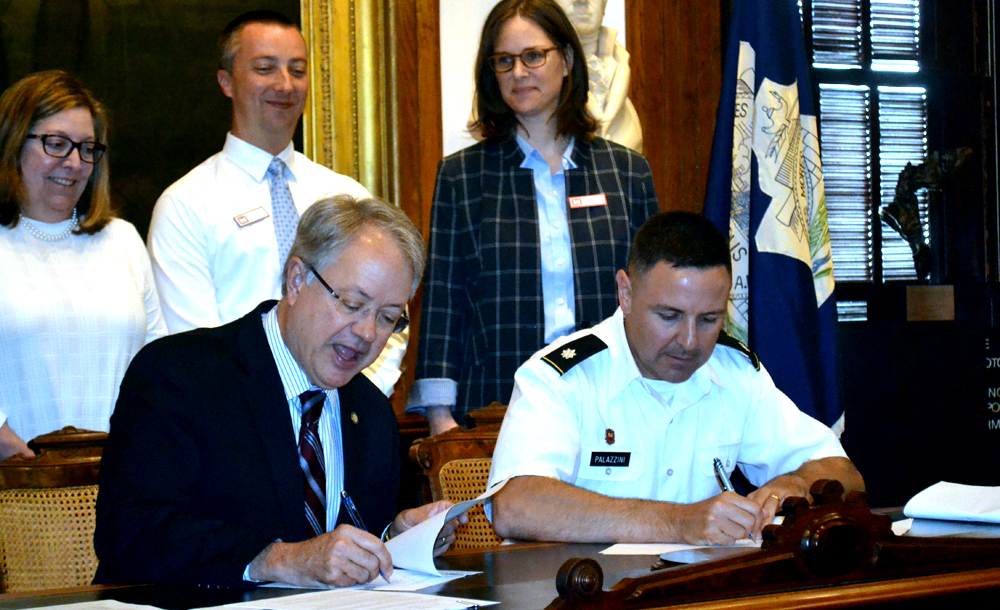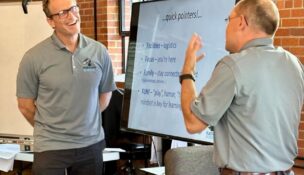Peninsula flooding study gets underway
Staff //October 10, 2018//
A federally funded study could yield some long-term solutions to address major flooding issues on the peninsula.
The U.S. Army Corps of Engineers, Charleston District, and the city of Charleston entered into an agreement today to begin the three-year Charleston Peninsula Flood Protection Study.
 Flooding issues can stem from rising sea levels, climate change, heavy rains, high tides, storm surges, hurricanes and tropical storms, Charleston Mayor John Tecklenburg said during a news conference.
Flooding issues can stem from rising sea levels, climate change, heavy rains, high tides, storm surges, hurricanes and tropical storms, Charleston Mayor John Tecklenburg said during a news conference.
An increase in hurricanes and mass flooding over the past three years from storms like Hurricane Matthew, Tropical Storm Irma and Hurricane Florence has intensified the need to address flooding on the peninsula, Tecklenburg said. Regular flooding also impacts commuters, who encounter water on downtown streets and the Crosstown Expressway.
Tecklenburg said flooding is “a threat to the city long term.”
Charleston District Commander Lt. Col. Jeffrey Palazzini said the Army Corps plans to bring in experts from around the country, along with Charleston District personnel, to assist with the study.
“We will investigative the full range of possible solutions,” Palazzini said.
The study will consider all types and causes of flooding on the peninsula, and will culminate with recommendations to alleviate or improve flooding issues. The city and Army Corps will then work to secure funding for such projects, including federal money.
“What happens with future extreme weather events? What happens with the reality of sea level rise? Look at the different scenarios. … What if sea level rise is 2 feet in 50 years? What if it’s 3 feet in 50 years? What if it’s 4 feet in 50 years?” Tecklenburg said. “We’ll use the best science and engineering possible to come up with the best solutions.”
The $3 million project is fully funded by federal supplemental funding for disaster recovery efforts.


















